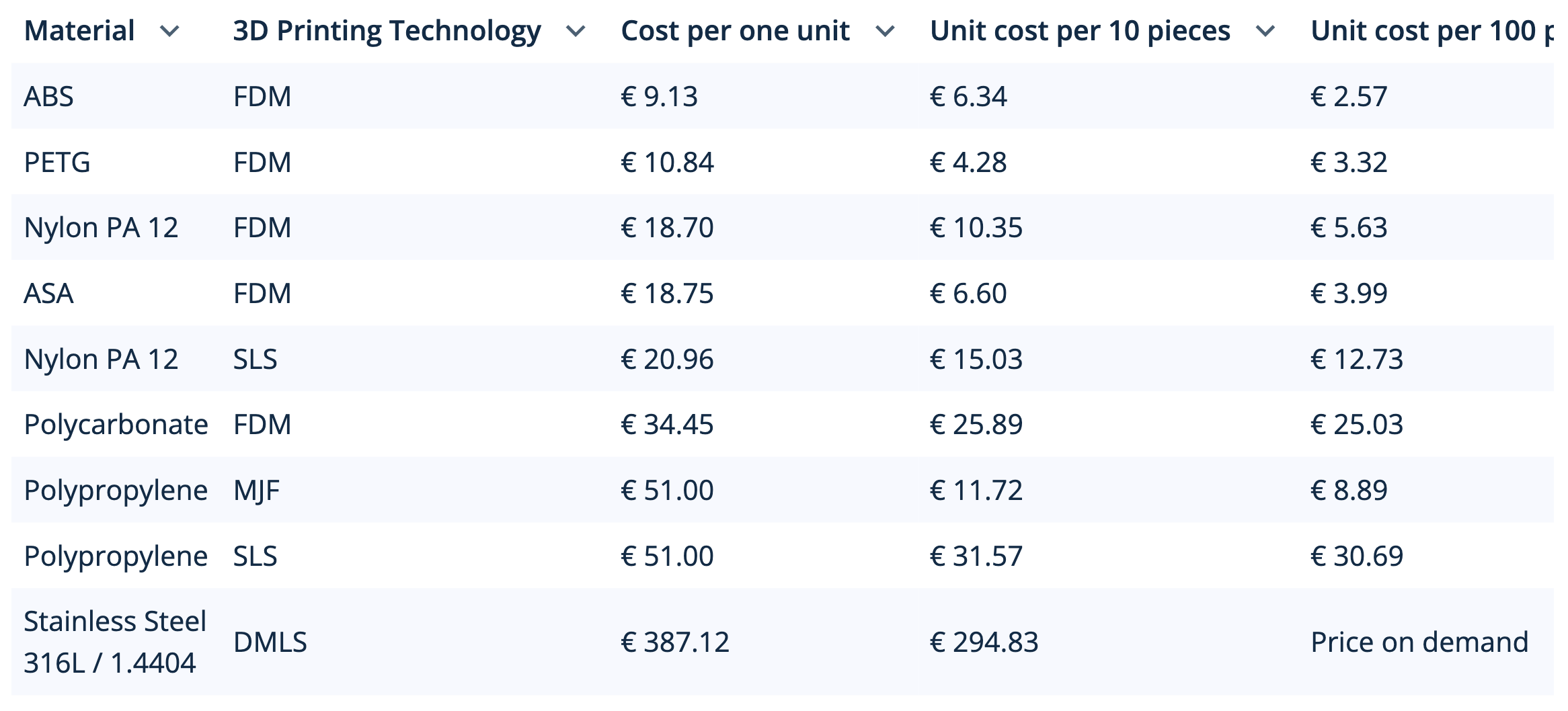Suggested Topics
Topic
Replies
Views
Activity
Choosing the right tool steel grade for a high-volume stamping die
hi, I’m designing a cold-formed stamping die for thin stainless-steel sheets (gauge ~1.5 mm) used in an enclosure that will see around 500 k cycles. Given that abrasion resistance and dimensional stability over long... read more
1
164
Dec 17
Blasting and anodizing order on aluminum parts
Hello! need help - am working on a set of 6061-T6 aluminum control knobs for a small instrument panel, and the surface finish is important since they’ll be handled frequently and remain visible. The... read more
1
267
Dec 09
Gasket material for short-term hydrotest on carbon steel piping
Looking for advice on selecting a gasket material for temporary spool joints during a hydrotest on carbon steel piping in a refinery. The test medium will be demineralized water (low conductivity, no additives), and... read more
1
216
Dec 08
Acrylic or pc for outdoor enclosures
hi! For transparent cover for an outdoor sensor needs to stay clear, handle some impacts, and resist sunlight - would you go with acrylic or polycarbonate? Acrylic has better UV and scratch resistance, but... read more
3
500
Nov 26
Best flexible 3D printing material for vibration-damping motor mounts
Hi Everyone! We’re designing a vibration-damping mounting bracket (approx. 150×80×40 mm) for a small electric motor housing, and we’re considering 3D printing it in a flexible material. Given the operating environment includes oil exposure,... read more
2
450
Nov 27
 Europe
Europe  Türkiye
Türkiye  United Kingdom
United Kingdom  Global
Global 

 Login with my Xometry account
Login with my Xometry account 